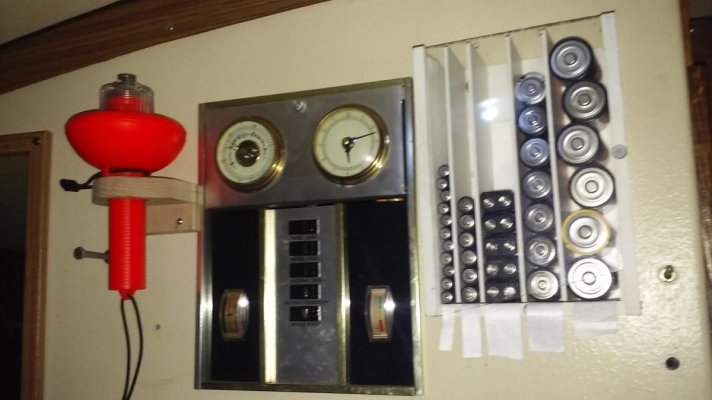Marco Flamingo
Guru
- Joined
- Jan 7, 2020
- Messages
- 1,111
- Location
- United States
- Vessel Name
- CHiTON
- Vessel Make
- Tung Hwa Clipper 30
I have one of the little lights for compliance and also flares for an actual (night time) emergency. I have both metal and plastic guns, but the picture of the melted breech on the plastic gun would probably look about the same if it had jammed in my aluminum gun.
Holding anything that is ignited should be done from a position where it can instantly be tossed overboard if there is a problem. Better yet is something designed to be tossed overboard.
Although obviously not CG compliant, I carry these smoke bombs in addition to the CG gear and I would likely go with them first, as I don't travel at night anymore. Even in windy conditions, smoke on the water, especially weird colors like orange and purple, make a cloud that draws attention. To most people, a blinking light is just a blinking light.
Holding anything that is ignited should be done from a position where it can instantly be tossed overboard if there is a problem. Better yet is something designed to be tossed overboard.
Although obviously not CG compliant, I carry these smoke bombs in addition to the CG gear and I would likely go with them first, as I don't travel at night anymore. Even in windy conditions, smoke on the water, especially weird colors like orange and purple, make a cloud that draws attention. To most people, a blinking light is just a blinking light.

